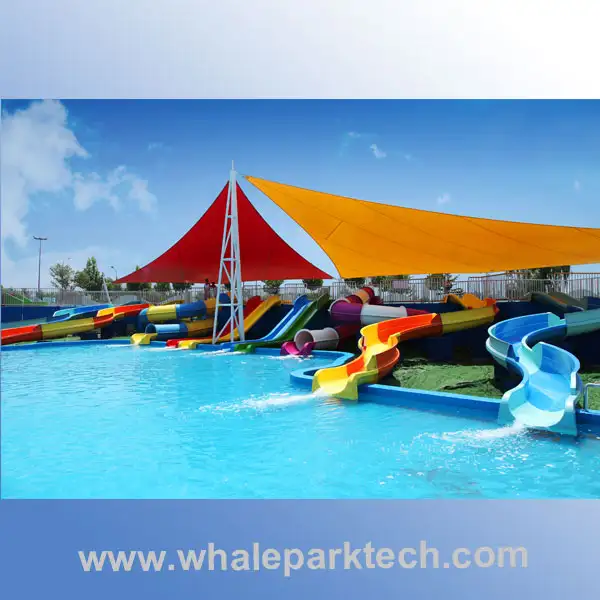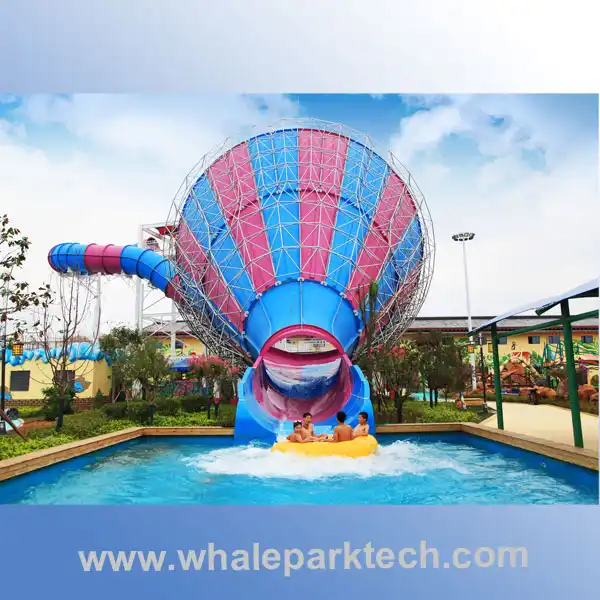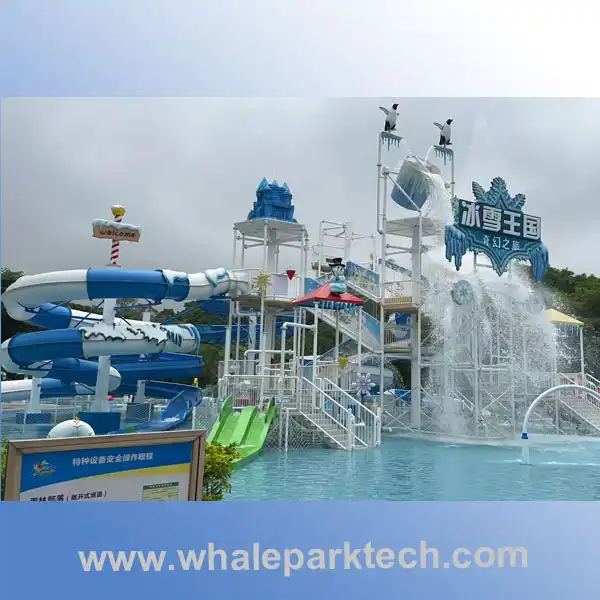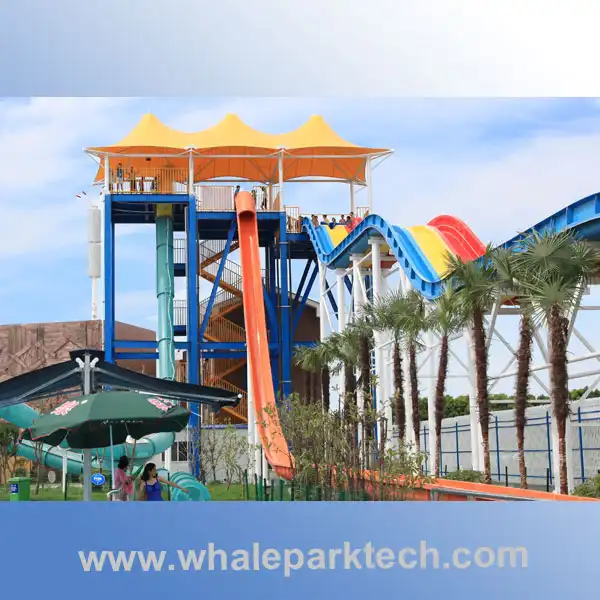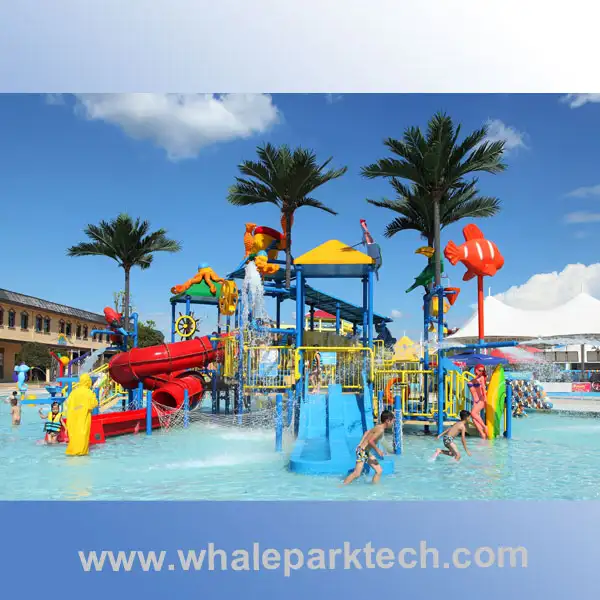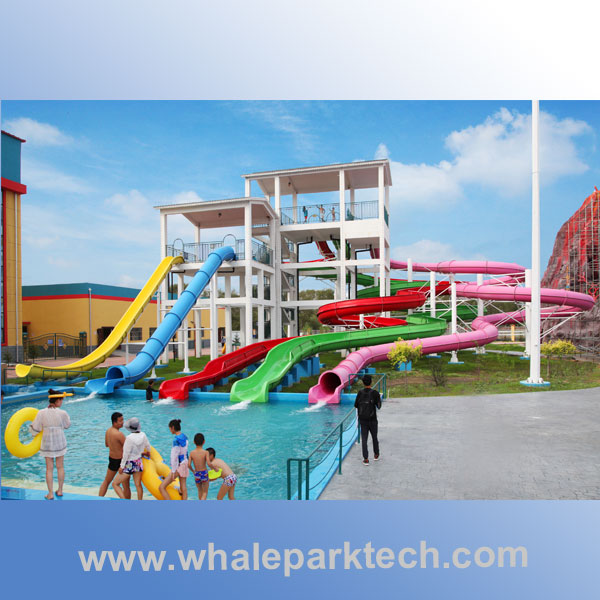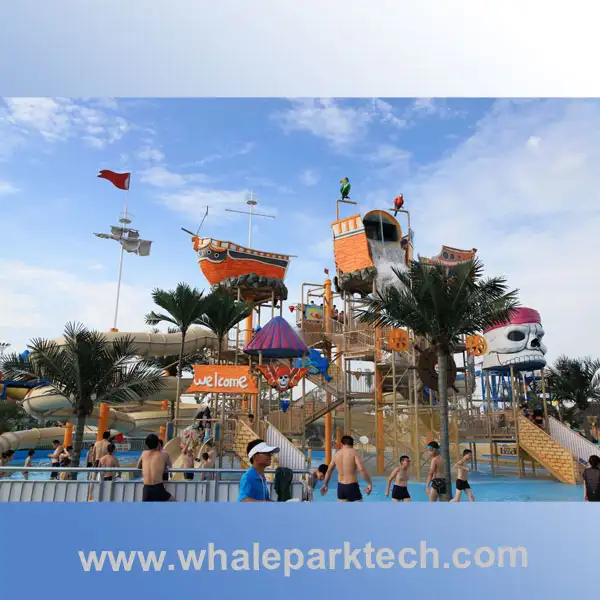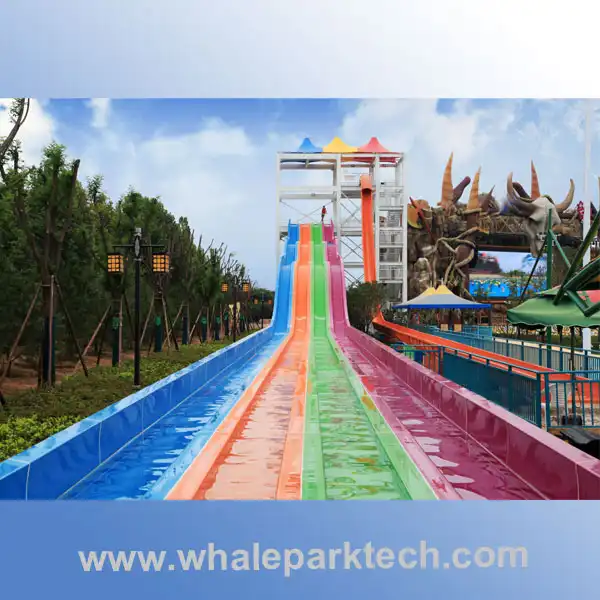How to Build a Thriving Indoor Water Park: A Comprehensive Guide
Building an indoor water park is a significant but rewarding investment, offering year-round entertainment regardless of the weather. Success hinges on meticulous planning, smart design, strict adherence to safety, and crucially, partnering with the right indoor water park equipment suppliers. This guide outlines the key steps.
1. Feasibility and Concept Development
– Market Research: Analyze demographics, tourism trends, competition, and local demand. Who is your target audience (families, teens, adults)?
– Financial Viability: Develop detailed pro formas. Estimate construction costs, equipment expenses (a major line item), operational costs (energy, staffing, water treatment, maintenance), and projected revenue (admissions, food & beverage, retail, parties).
– Unique Selling Proposition (USP): Define your park’s theme (tropical, adventure, fantasy) and signature attractions to stand out. Will you focus on thrilling slides, relaxing spas, extensive children’s areas, or unique features like surfing simulators?
2. Site Selection and Building Design
– Location: Proximity to population centers, tourist areas, accessibility (highways, airports), and available utilities (massive water and power requirements) are critical. Co-location with hotels/resorts is highly advantageous.
– Building Structure: Requires a clear-span structure (like a pre-engineered metal building) to accommodate large slides and pools. Roof height must be substantial. Robust foundations are essential for heavy water features.
– Climate Control: Sophisticated HVAC systems are non-negotiable. They must maintain warm air temperatures (typically 28-30°C / 82-86°F) and high humidity levels (around 80%) year-round while preventing condensation, which requires massive dehumidification capacity. Air quality management is vital.
– Water & Energy Efficiency: Design for sustainability. Incorporate advanced filtration, heat recovery systems (from dehumidifiers to pre-heat water/pools), solar thermal, and water conservation measures. This significantly reduces operational costs.
3. Design and Attraction Selection (Working with Suppliers)
– Master Planning: Engage aquatic design specialists early. They create the layout, ensuring optimal guest flow, visibility, and efficient operation. Zones might include Thrill Rides, Family Rides, Kids’ Areas, Relaxation (pools, spas, lazy rivers).
– Attraction Mix: Balance high-thrill elements (body/master blasters, funnel slides, drop slides) with family raft rides, interactive play structures, lazy rivers, wave pools, and dedicated toddler areas. Consider unique features like surf machines or adventure rivers.
Key Equipment & Reliable Suppliers: This is paramount. You need trusted indoor water park equipment suppliers for:
– Water Slides: Body slides, tube slides, multi-lane racers, complex thrill slides (funnels, bowls, freefalls).
– Aquatic Play Structures: Multi-level structures with slides, tipping buckets, spray features, interactive elements.
– Pools & Rivers: Lazy river components (current systems, channels), wave pool machinery, activity pools.
– Water Treatment & Filtration: Commercial-grade sand filters, chemical dosing systems (chlorine/bromine, pH control), UV/Ozone systems, high-capacity pumps. This is critical for water quality and safety.
– Special Effects: Lighting, sound systems, fog machines, themed theming elements integrated with water features.
Supplier Selection Criteria: Look for suppliers with:
– Proven experience in large scale indoor projects.
– Strong engineering capabilities and adherence to international safety standards (ASTM, EN).
– Comprehensive product range and ability to customize.
– Robust manufacturing quality control.
– Excellent references and after-sales support/service network.
– Understanding of indoor park-specific challenges (condensation, air quality impact on materials).
4. Permitting, Safety, and Regulations
– Navigating Complexity: Building codes, health department regulations (bathing codes), fire safety, accessibility (ADA/EN 301 549), electrical, and mechanical codes are stringent and complex. Engage experts familiar with aquatic facilities.
– Safety First: Design must prioritize patron safety:
proper water depths, non-slip surfaces, adequate lifeguard sightlines, safety signage, and emergency procedures. Equipment must meet or exceed safety standards.
– Lifeguarding: Plan for comprehensive training programs and optimal station placement. Technology (like camera systems) can augment safety.
5. Construction and Project Management
– Specialized Contractors: Use contractors experienced in large aquatic projects – structural, mechanical (massive HVAC, plumbing), electrical, and finish trades. Coordination is critical.
– Equipment Installation: Indoor water park equipment suppliers often handle or supervise the installation of their slides and complex systems. Ensure seamless coordination between suppliers and the general contractor. Installation sequencing is vital.
– Commissioning: Rigorous testing of all systems – water treatment, HVAC, slides, currents, waves, safety systems – before opening.
6. Operations and Management
– Staffing: Recruit and train extensively: lifeguards (certified), operations staff, maintenance technicians, guest services, F&B, retail. Emphasize safety and customer service culture.
– Water Quality Management: This is operational bedrock. Constant monitoring and adjustment of filtration, chemical balance, and temperature are essential. Skilled water treatment operators are crucial.
– Maintenance: Implement a rigorous preventative maintenance schedule for – all- equipment – slides, pumps, filters, HVAC, structures. Develop strong relationships with indoor water park equipment suppliers for parts and technical support.
– Guest Experience: Focus on cleanliness, efficient ticketing/entry, clear wayfinding, diverse F&B options, party offerings, and memorable theming/ambiance.
– Marketing: Target your identified audience through digital marketing, partnerships (hotels, schools), group sales, season passes, and special events.
Conclusion: The Foundation is Partnership
Building a successful indoor water park demands vision, capital, and expertise. While design, construction, and operations are critical, the quality, safety, and reliability of the attractions themselves depend fundamentally on partnering with reputable and experienced indoor water park equipment suppliers. Their engineering prowess, manufacturing quality, adherence to safety standards, and ongoing support are indispensable. Thoroughly vetting and selecting the right suppliers is not just a step in the process; it’s an investment in the long-term success, guest satisfaction, and safety of your indoor aquatic venture. Start your supplier research early, prioritize proven experience in the unique indoor environment, and build strong collaborative relationships to bring your water park dream to life.
